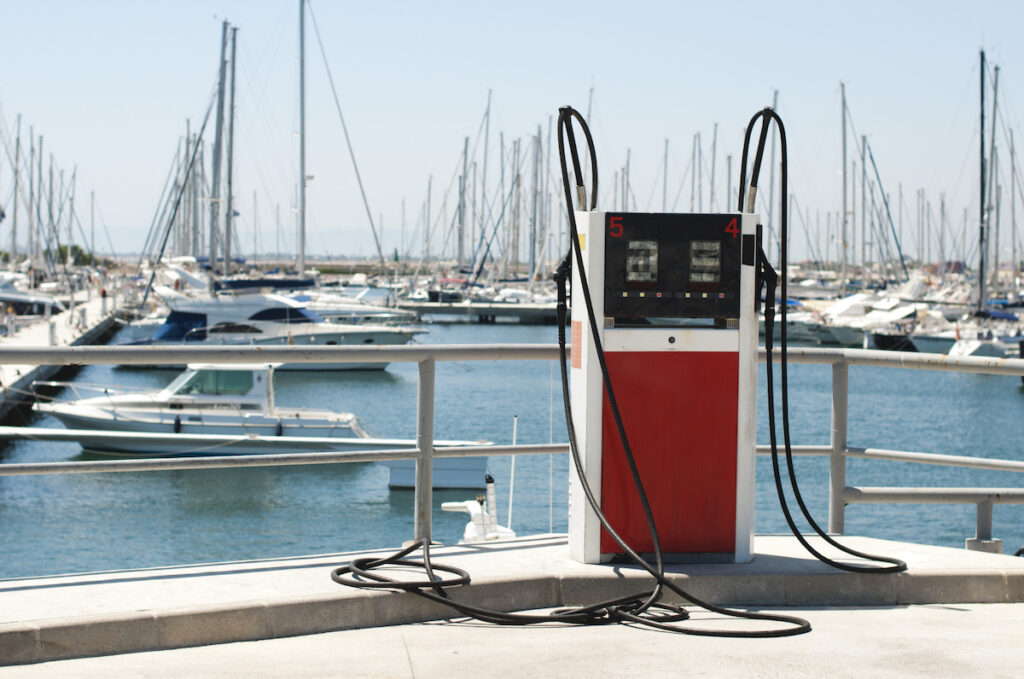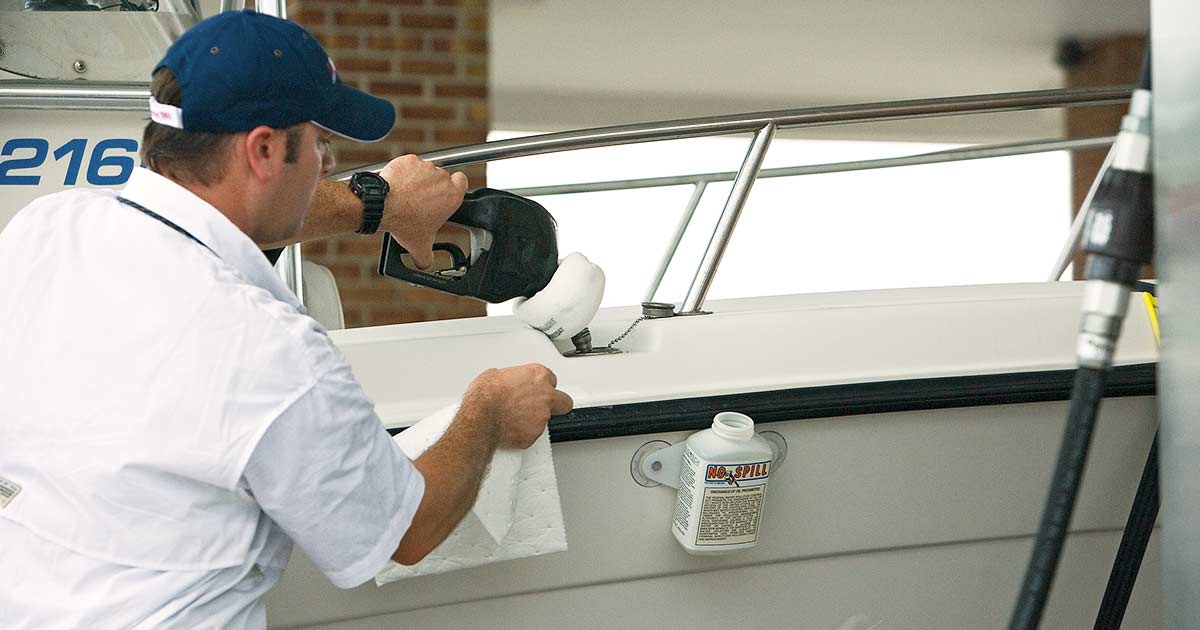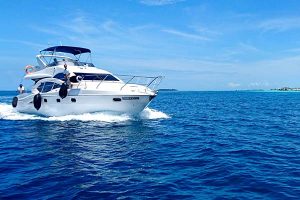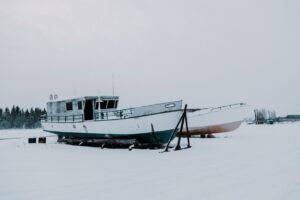Refueling your boat can become as routine and easy a task as refueling your car. The fuel system on a boat, however, is quite unique and calls for additional caution and thought. When fueling, serious accidents can happen.
Before, during, and after fueling your boat, there are numerous easy but potentially life-saving safety precautions you should follow. Please carefully read this article if you want to know how to fuel your boat safely.
Before Fueling Your Boat
Securely Dock Your Boat
If you’re new to boating, use this practical advice to dock quickly and easily. The boat will be more stable with proper docking.
Have Passengers Disembarque
The boat will be more stable while being refueled if all passengers are asked to disembark. Failure to do so may cause spills and the release of hazardous fumes.
Prevent Explosions
Make sure you and anyone nearby don’t smoke, light a match, or do anything else that involves flames. All open flames, such as the stove in the kitchen, should be put out. Switch off the engine, the fans, and any other electrical devices that could start a spark.
Check Your Equipment
Verify again that your fuel vents, connections, and lines are in good working order. Verify that the gas tank’s air vents and valves are open.
Close All Openings
This applies to any openings that could permit fumes to enter the boat, such as windows, ports, doors, hatches, or other openings.
Keep Your Fire Extinguisher Close
It’s a good idea to keep your fire extinguisher nearby in case of emergency, even if you take all the necessary safety precautions.
While Fueling Your Boat
Right now, you need to proceed with great caution. Find a strong-handed person who can fill the boat. Begin refueling after that, and take the necessary safety precautions:
- Keep the fuel-pump line’s nozzle firmly in contact with the edge of the tank opening to prevent static sparks.
- When filling the tank, take your time. To prevent spillage into the vessel’s bilge, keep your hold firmly in place.
- As the temperature rises, give the gasoline some space to spread.
- Have a spill wiper or an oil absorbent pad on hand to clean up any gasoline spills.
Please keep in mind these recommendations to fill the tank safely. Check to see if any gasoline is leaking out after you have added enough fuel. To transport the fuel to the motor, you must restart the engine in 4-5 minutes before continuing the journey.
After Fueling Your Boat
- Keep the gas cap firmly closed: After filling up with gas, quickly screw the gas cap back on. With less chance of debris entering the tank, this prevents spills.
- allowing air to flow To allow air to flow through the vessel more effectively, reopen the windows, doors, and other openings.
- Sniff Before You Go: Wait until the smell of gasoline has completely vanished before starting your engine.
- Use Your Blower: Before starting the boat with an inboard gasoline engine, turn on the blower for no less than four minutes. Any gas fumes that are still present can quickly escape thanks to this.
- Storage of portable tanks: If you use portable tanks, keep them out of the way of the engine and any electrical apparatus in a place that is well-ventilated.

Top Fueling Safety Tips
Don’t Wait Until You’re Running On Empty
Fill up your tank whenever it falls below the halfway point to being on the safe side. The last thing you want is to run out of gas while you are far from the land.
Don’t Fill Your Tank Above 40%
You should always leave extra room in the tank because gasoline expands as the temperature rises.
Stay Focused
Avoid using hands-free devices and refrain from attempting to multitask while refueling. Don’t use your phone at the gas pump; abide by the no electronics rule.
Keep A Fire Extinguisher On Board
On your boat, a fire extinguisher should always be present and easily accessible.
Fuel During The Day
You won’t require additional lighting if you get gas during the day. Flashlights should only be used to fill up at night in an emergency because they are electronic and may potentially cause a spark.
Be Responsible About Spills
If fuel does spill, immediately put a stop to the source, wipe all impacted surfaces down completely with an absorbent pad, and then dispose of it properly. In order for the dock managers to take the necessary steps to clean up the spill if it gets into the water, you must notify them.
How Can You Save Boat Fuel?
Long-term, good fuel efficiency will save you time and money. Use your tank to its full potential by following these three steps.
Be Aware Of Your Engine’s Health
By keeping your engine in top shape, you can significantly reduce the amount of fuel it uses. Make sure your engine has enough power to propel your boat with ease. Use the right fuel filters and the right motor oil mix to keep your engine running at its best.
Understanding how various fuels impact your engine’s performance is also a good idea. To monitor the overall health of your engine, conduct routine oil analyses.
Keep Up With Maintenance & Cleanliness
Your boat’s general maintenance may improve the efficiency of your engine. The less resistance in the water, the less work your motor will have to do. Your motor will run more smoothly if the proper propeller is used, and it should be undamaged.
Be Conscious Of Overloading
Overloading and uneven weight distribution can make your engine work harder than necessary, which results in a less efficient fuel burn.



